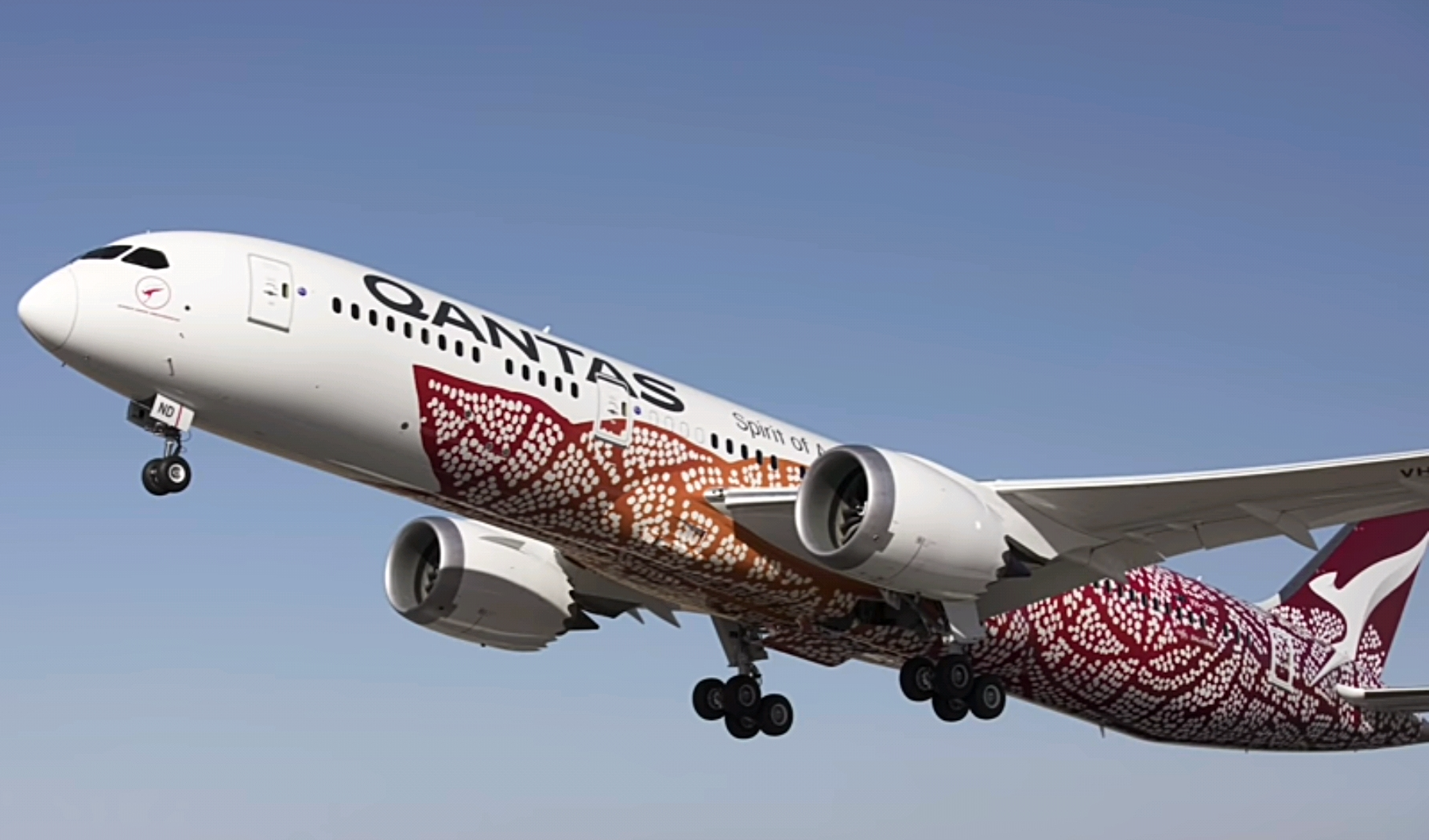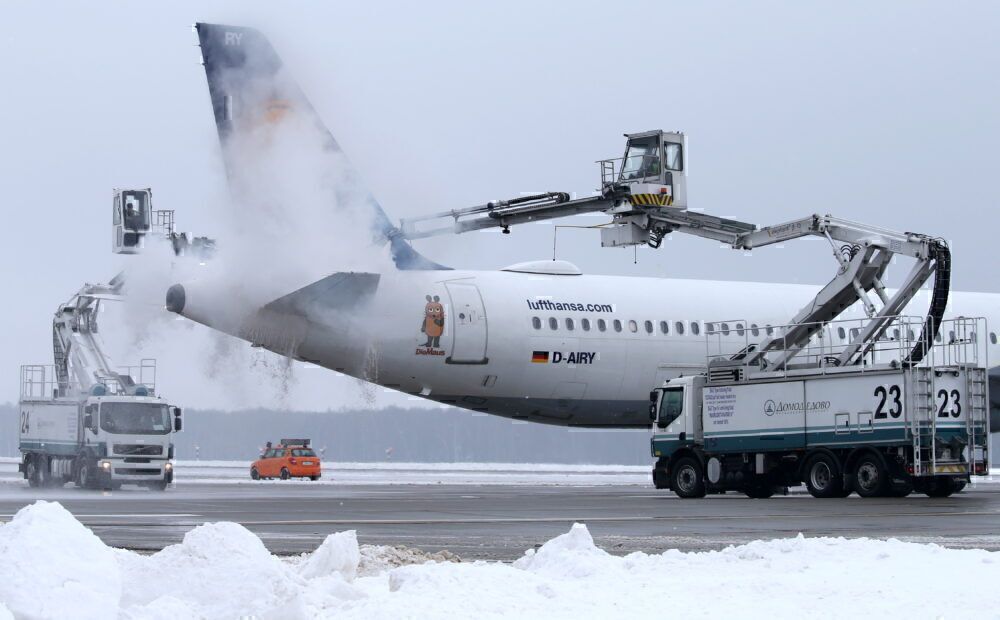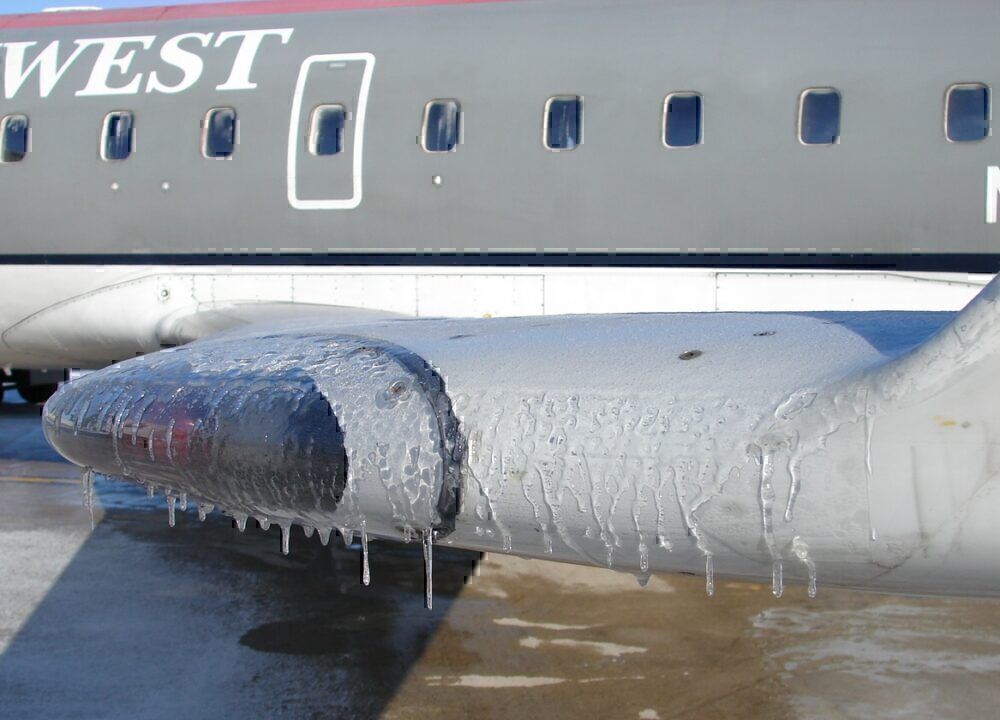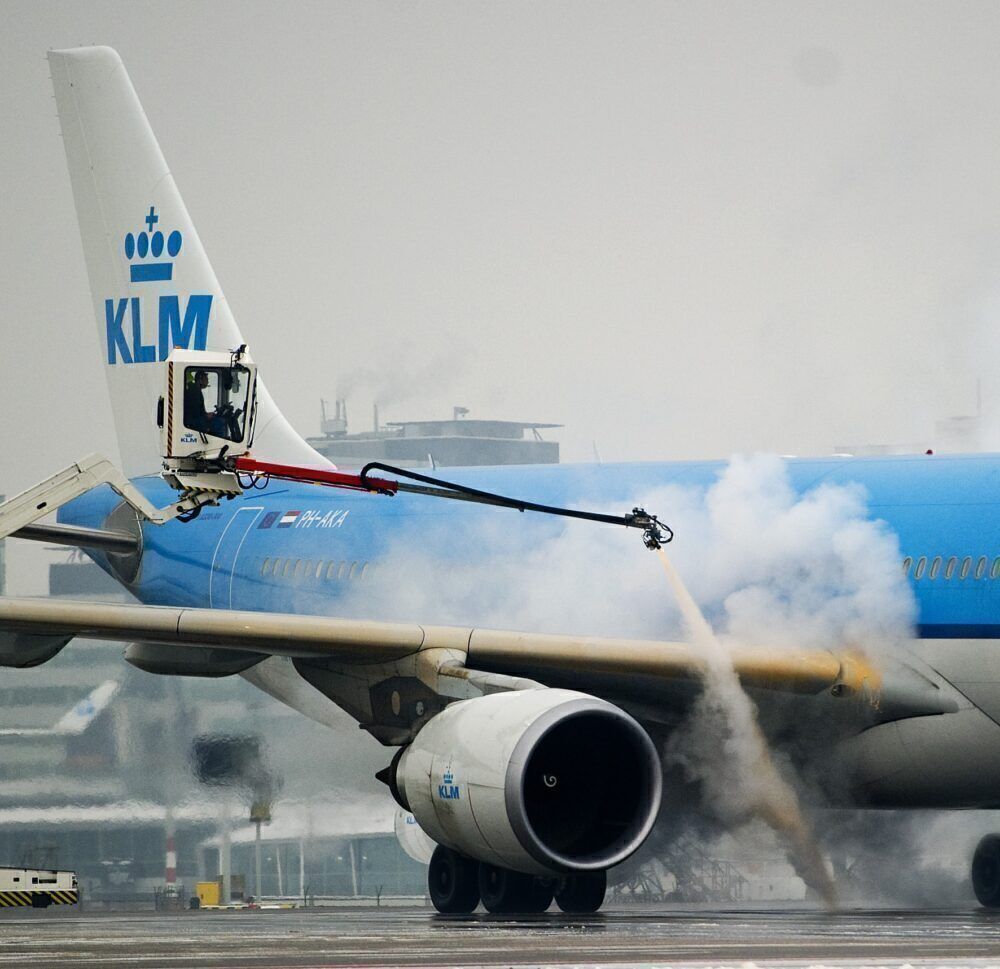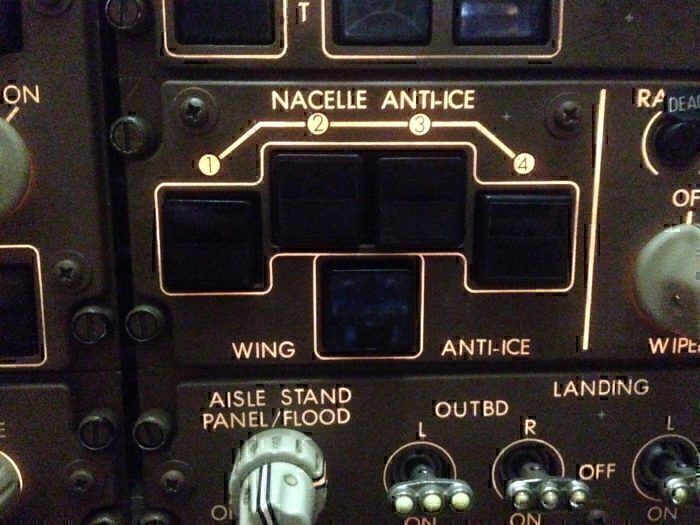Difficulties with de-icing aircraft are not something you often associate with Australian airlines. But it does happen on the ground there, and certainly does in the air. Let's take a look at de-icing aircraft, and how Australian airline Qantas does it.
De-icing in Australia
How does Qantas handle de-icing an aircraft? In a post shared through Roo Tales on the Qantas News Room, the airline explained the process that the airline follows. In Australia, it is probably not so common as some other airlines experience. But it does say there are cases of icing overnight in Canberra, Hobart, and even Melbourne.
In other countries, snow and ice can cause massive disruption. Having a quick and efficient process in place to deal with this is essential in busy airports.
Removing the ice before flight
Ice build-up on the wings is dangerous for aircraft. It will generally always be removed before flight. If left, it can affect aircraft in several ways:
- Firstly, it would affect the aerodynamics of the wing, potentially reducing lift or making the aircraft less stable.
- Secondly, it would add weight to the aircraft, reducing performance and affecting calculations of fuel and range.
- And finally, falling or breaking ice could damage the engines or airframe structure.
A multi-stage process
The aircraft is first inspected to see if there is ice build-up on the wings. Once this is determined, a ‘de-icing’ truck will arrive to remove it. Crew spray the area with a heated, glycol-water solution. This is usually propylene glycol or ethylene glycol, both of which solutions work due to their lowered freezing point of at least -45 degrees celsius. The former is more common in commercial use as it contains fewer toxins.
This solution also contains chemicals to protect the metal surface, and a dye to indicate which parts of the aircraft have been sprayed. The crew will work carefully from wingtip inwards, avoiding particularly sensitive areas. Most airports will have a drainage system to collect the liquid and drain away, keeping it away from the ground watercourse.
In-flight de-icing
While airport de-icing is far more common in some other countries, icing in flight affects all airlines and aircraft the same. At high altitude, any moisture that accumulates on aircraft wings can freeze. Aircraft have systems in place to deal with this.
On the Qantas 747, and most other commercial jet aircraft, this works by directing hot air from the engines through a series of small ducts beneath the wing surface. This raises the temperature to just over zero degrees celsius, melting any ice build-up.
Alternative inflight de-icing systems include chemical systems, which pass antifreeze solutions onto the wingtips or propeller blades during flight, and electrical systems, which use electrically heated rubber sheets on leading surfaces. These are more common on older or propeller-operated aircraft.
Would you like to share any aircraft de-icing stories, in Australia or elsewhere? Feel free to share in the comments.

